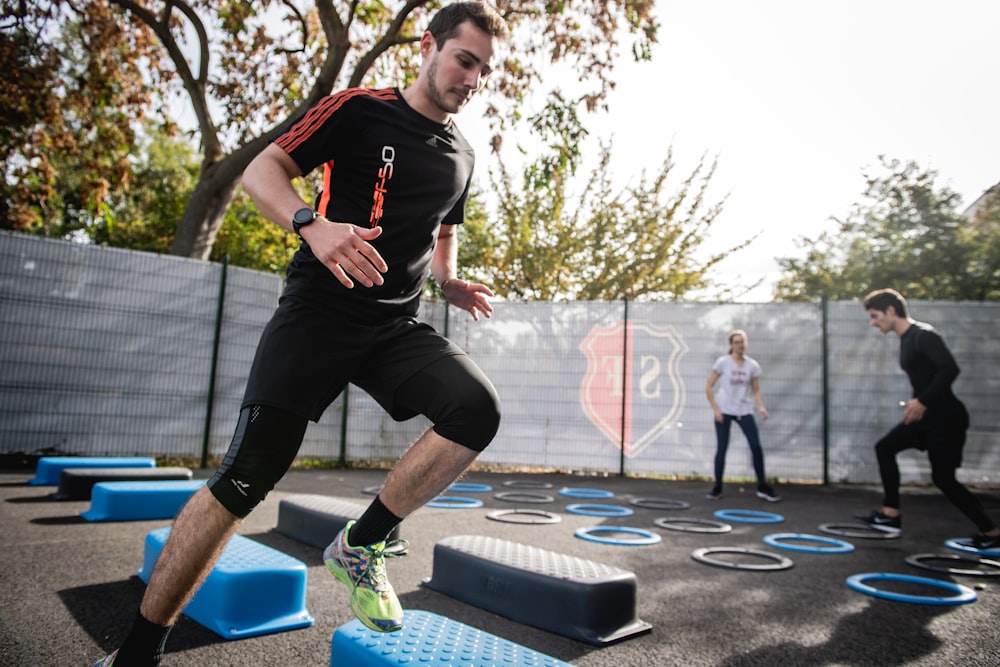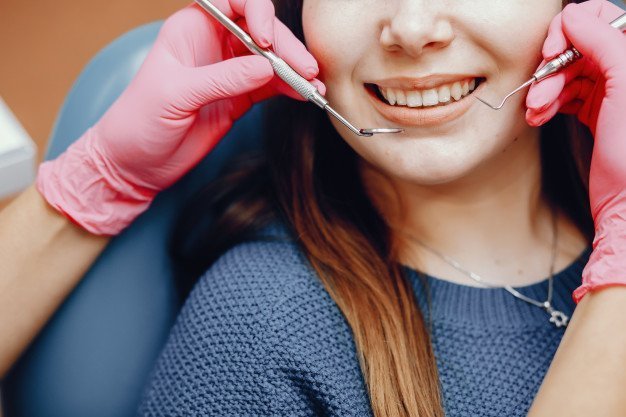Beauty has traditionally been described as a person’s physical looks that are visually pleasing. Having more moderate features makes you more appealing to the general public.
Youthful people with base percentage facial symmetry, well-proportioned bodies, and some mixture of inner beauty, are considered beautiful.
Findings reveal that women’s perspectives of the healthiest body mass index (BMI) are close to healthy BMI guidelines, but little is known about perfect body size in men.
Not Natural Ways to Have a Beautiful Body
1. Liposuction
Liposuction is the suction-based withdrawal of excess body fat using customized surgical tools. Liposuction can be used to shape the areas around the chin, neck, eyebrows, shoulders, breasts, abdomen, hips, thighs, buttocks, knees, calves, and legs.
There are several liposuction methods available, which are chosen based on your treatment plan, the body region being treated, and if you have had any liposuction procedures before
- Tumescent liposuction is common where the surgeon injects a sterile saline solution with lidocaine and epinephrine into the region where the fat is to be cleared.
- Ultrasound-assisted lipolysis uses sound wave energy to break down the fat cellular structure. SmartLipo employs a laser to melt fat so that it can be suctioned out.
- Laser-assisted liposuction is a high-intensity laser fiber installed through a tiny cut in the skin and liquefies fat deposits during LAL.
- In power-assisted liposuction (PAL), the fat is extracted using a cannula that moves quickly back and forwards. This sound wave enables the surgeon to extract hard fat faster and easier.
2. Medication
Prescription medications can assist a few people in losing and maintaining weight reduction. People who take these prescribed medications lose 3% to 12% more of their initial body mass annually. Most weight reduction occurs within the first six months after starting treatment.
Losing weight can help with other health complications associated with overweight and Obesity, like back pain and sleep disorders.
3. Steroid
Steroids are an artificial modification of testosterone, a sex hormone released by men and women. Taking steroids raises testosterone levels, resulting in increased muscle size and strength.
Corticosteroids and anabolic steroids are the two main kinds of steroids.
A corticosteroid medication, like prednisone, slows your immune system activities that cause an inflammatory response. In contrast, anabolic supplements are synthetic variants of testosterone that aid in developing larger muscles.
Natural Ways to Have a Beautiful Body
1. Workout
Exercise and physical activity are excellent ways to improve your mood and health and have a great time. Regular exercise can help you gain muscular strength. For most healthy adults, per week should entail 150 minutes of physical cardiovascular exercise. And At least 300 minutes weekly is advised to aid weight loss/ maintenance.
Brisk walking, bicycling, and swimming are all indications of moderate exercise. . Weight machines, bodyweight, heavy bags, tension tubing, and mountain climbing can all be used for muscular strength.
2. Diet
It would be best to eat a proper diet to guarantee that your body receives adequate nutrition. Your internal system’s health is determined by what you feed. It also aids in diagnosing emotional disorders and mental diseases like depression. Specialists in health and wellness recommend adequate consumption of fruits and vegetables.
Consuming a balanced diet during one’s life helps avoid malnutrition in all its kinds, a variety of non – communicable diseases (NCDs), and maintains and regulates weight gain.
3. HGH Therapy
The pituitary gland releases HGH, which promotes growth in children and adolescents. It also aids in the regulation of body weight, fluid balance, bone and muscle growth, fats and sugars metabolic activity, and cardiovascular system. Some people seek HGH to help them feel and look younger.
A doctor’s treatment of growth hormone deficiency is determined by several different varieties, including age, medical records, and tolerance for particular treatment options.
Today, both men and women who receive HGH injections experienced high energy, muscular strength, loss of weight, improved skin health, and other perks.
Suppose you look at the photo before / after HGH transformations are visible to the naked eye within one week while others take a month.
However, the significant outcome on your appearance and general well-being will be remarkable. HGH therapy, like any other hormonal therapy, is prescribed for endocrinology.
GH replacement therapy can have a range of various advantages for GH-deficient adults, including enhanced bone strength, muscle development, lowered adipose tissue, and rapid hair and nail growth. However, the Long-term mortality value has yet to be proved.
4. Nutrition
One of the keys to living a healthy life is proper nutrition. A balanced diet can help you improve your overall health. It contains vegetables and fruit, whole grains, dairy, and a protein source.
- Consider whether you have a health issue or potential risk, like high blood pressure or diabetes.
- Do you think you’re overweight?
- Do you eat a lot of fast food and junk food?
- Can nutritional counseling help you?
Some Things You Need to Get Rid Of
1. Alcohol
Managing your alcohol consumption may reduce the risk of having non-melanoma cancer. Since each 10-gram rise in alcohol intake, a day increases the risk of cutaneous squamous cell carcinoma by 11% and basal cell carcinoma by 7%.
2. Junk Food
Junk foods are tasty; therefore, they are overeaten easily, and they initiate some areas of the brain that can result in a large caloric intake and weight gain.
They frequently include additives like refined sugar, artificial sweeteners, oil, salt, preservatives, shades, and flavors.
Consumption of junk food in large quantities may lead to Obesity, type 2 diabetes, cardiovascular disease, and other chronic health problems.
3. Drugs
You’ll undoubtedly feel youthful and burn calories if you quit your drug intake. The impact of drugs on the body can be very evident, but fortunately, much of this will go down immediately when you become sober. Quitting drugs can freshen up your body and give you a healthy glow.
4. Stress
Exclusion and a failure to communicate are the common causes of depression and other psychological and physical ailments. No matter how intense your career and family lives are, try to communicate with friends and interact. Conversing with others relieves stress. Also, laughter therapy aims to relieve stress by getting you to laugh with other individuals.
Conclusion
Note that you can look and feel good and have a beautiful body by making slight adjustments. Begin by selecting a few from the list above and trying to incorporate them into your normal schedule for the best results.
Read Also:

























